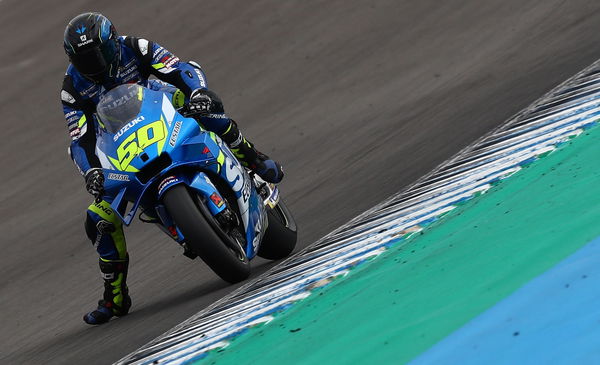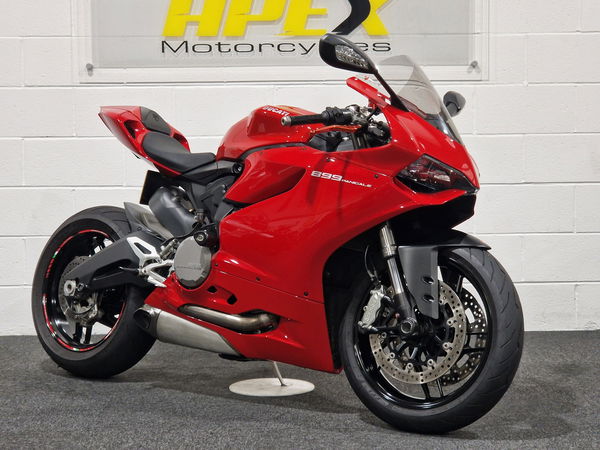Why do riders dangle a leg? Sylvain Guintoli explains all…
Suzuki MotoGP rider Sylvain Guintoli turns teacher to explain why riders like himself dangle a leg under braking when they are competing

Sylvain Guintoli’s YouTube channel is fast becoming one of our favourite go-tos when it comes to learning the inner mechanics of being a fast motorcycle rider.
The WorldSBK champion and current Suzuki MotoGP test rider and occasional racer has been getting fancy on his roadgoing GSX-R1000R in the first series of videos but now he’s giving us a little tutorial as to why riders wave their legs under braking when racing.
The origins of the leg dangle are fiercely contested with many crediting Valentino Rossi as the first person to use it, though it’s perhaps fairer to say he was the first to use it to great effect at a high level. Either way, ever since others have replicated it… but what benefits does it bring in racing conditions?
This isn’t the first-time people have given an explanation but Sylvain’s is certainly the most coherent – check out the video here.
To paraphrase, the ‘leg dangle’ as it is colloquially referred to shifts the balance back to the rider in that he has more control over how the machine is responding beneath him under braking.
In short, dangling the leg has the effect of lowering the centre of gravity on the bike and shift more weight to rear to help it stop with more stability. It also improves the body position of the rider and keeps the rider more planted, a benefit that is felt most effectively when overtaking in the braking zone – as demonstrated by Rossi most notably on his pass of Sete Gibernau during the 2005 Jerez MotoGP.











